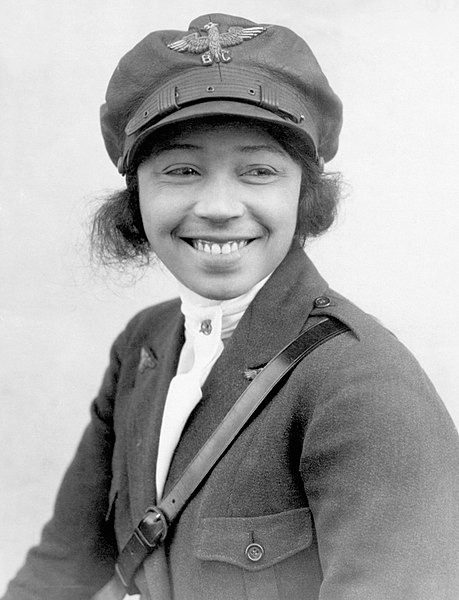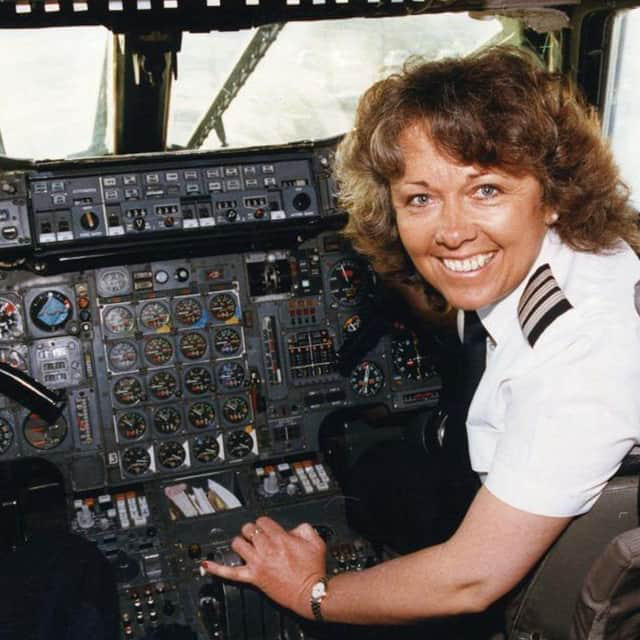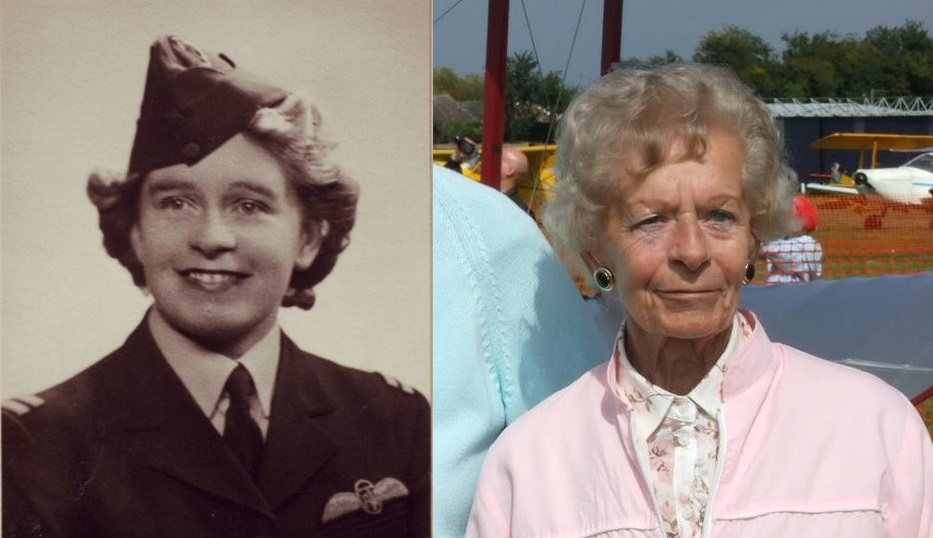08/03/2023
This International Women's Day, we asked the IBA team to highlight the achievements of 3 influential women who made their mark in aviation history, from Spitfires to Concorde.

Bessie Coleman became the first African-American to earn an international pilot’s licence in 1921. She studied in France, a country that was more open to her talents than her native United States.
She then returned to the US, where she became an instant sensation, performing daring aerial stunts in front of large crowds and inspiring other African-American pilots.
Coleman was determined to use her newfound fame to promote racial equality, and to be a role model for young African-Americans. She also hoped to establish a school for African American pilots. Whilst she did not live to achieve this, her legacy inspired the 'Bessie Coleman Aero groups' in the 1930s, which held the first all-black air show in the US.

Barbara Harmer made history when she became the first qualified female Concorde pilot in 1993. Following a short career as a hairdresser, Harmer entered the aviation industry as an Air Traffic Controller at London Gatwick Airport, one of the most challenging roles in the industry. She obtained her Commercial Pilot's Licence in 1982, and went on to operate BAC One Eleven and DC10 aircraft for British Caledonian (later British Airways). She then became the first woman to join the British Airways Concorde fleet, qualifying on the aircraft in 1993, and operating her first LHR-JFK sector later that year.
Harmer continued to be an inspiration throughout her career and beyond. Following Concorde's retirement in 2003, she went on to operate the Boeing 777 until taking voluntary redundancy in 2009.

Image: Maidenhead Heritage Centre
Mary Ellis was born in Oxfordshire in 1917 and served as a British ferry pilot throughout the Second World War.
In 1941, at the age of 24, Ellis joined the Air Transport Auxiliary (ATA). The ATA was a volunteer organization whose role was to deliver aircraft from factories to RAF bases around Britain. As a Ferry Pilot, Ellis was responsible for delivering aircraft from factories to frontline airfields – often having never flown them before. She flew over 1,000 aircraft of 76 different aircraft types during her time with the ATA, including Spitfires, Hurricanes, and Wellingtons. Following the end of the war, Ellis became one of the first women to fly the jet-powered Gloster Meteor fighter.
In 1950, Ellis became the manager of Sandown Airport, she went on to manage the airport for twenty years. She also founded the Isle of Wight Aero Club. Today, her legacy is commemorated with a plaque located at RAF Brize Norton.